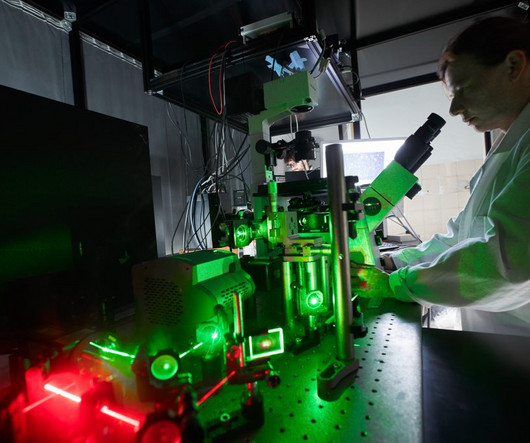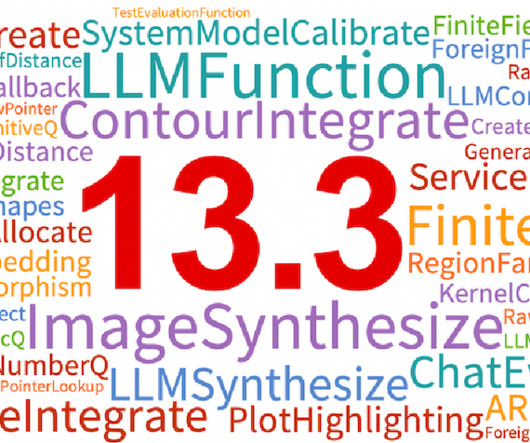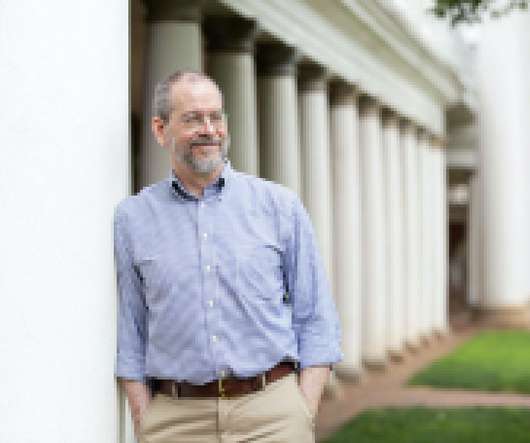To Serve All of Our Students, 'We Have to Do Something Different'
ED Surge
JANUARY 10, 2023
Similarly in schools, we put a lot of focus on giving all students the same thing (equality), and perhaps not enough on giving each student what they need (equity). And finally, sometimes it makes sense to set our local contexts aside and explore the universality of a particular content area such as math, or physics, or social science.

















Let's personalize your content